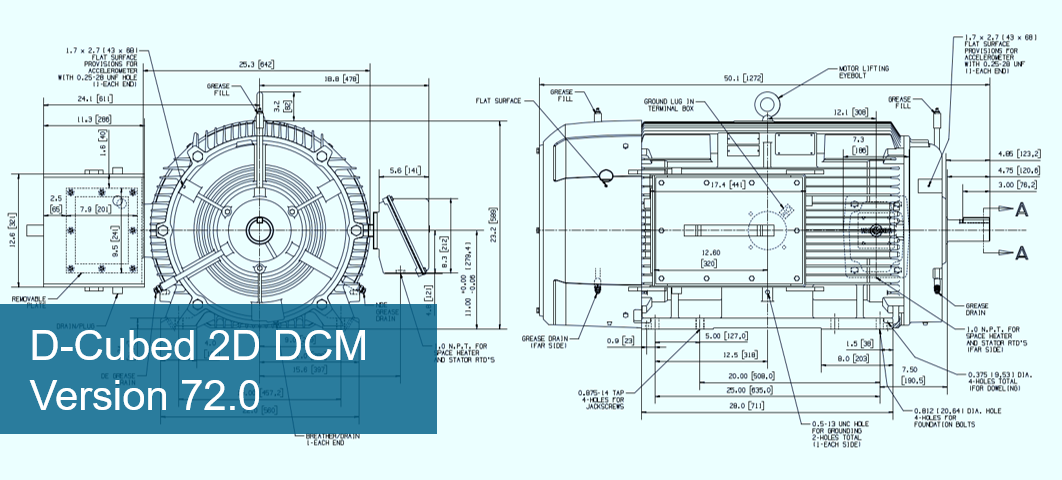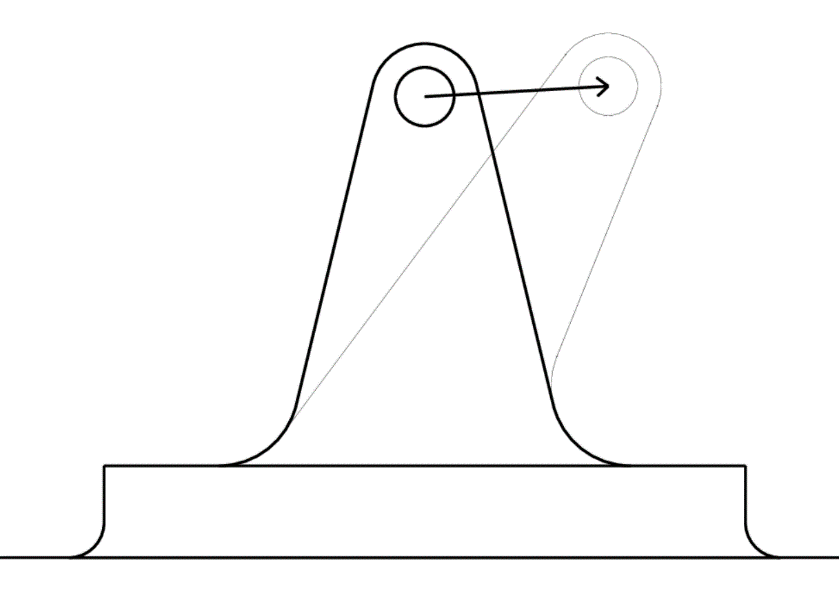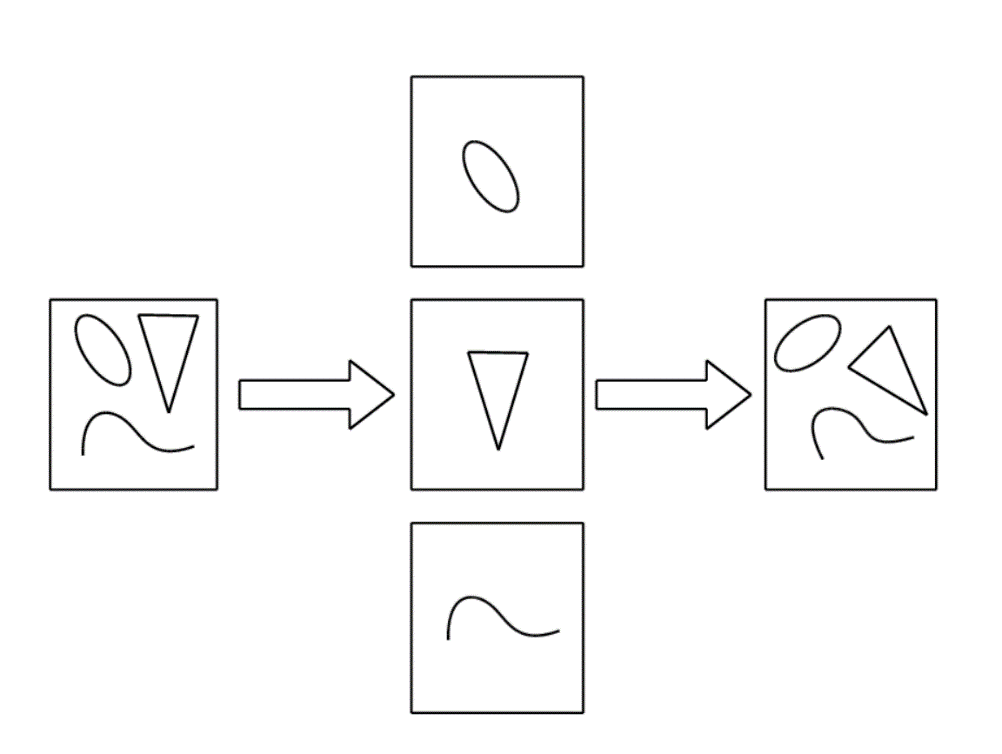D-Cubed 2D DCM Version 72.0

Enhancements introduced in version 72.0 of D-Cubed 2D DCM (2D Dimensional Constraint Manager) are described below.
Localised solving of under-defined models
One of the key features of 2D DCM is that it can handle models which are well-defined, over-defined and under-defined. Often, a user will start with an approximation to the desired shape which has a few (if any) dimensions, and then modify and refine this under-defined model as the design progresses. Changes can be made by adding dimensions and modifying their value, or by dragging geometry.
When 2D DCM solves an under-defined model all dimensions and constraints will be satisfied. The solved position of under-defined geometry is not uniquely defined, but the 2D DCM includes several features that can be used to influence how this geometry will move.
From version 72.0, 2D DCM also supports localised solving. This is a new solving mode that will influence how under-defined geometry moves. It will identify what is driving a change, for example dragged geometries or modified dimensions, and limit the impact on the rest of the model to the closest geometries. It is particularly suited for making changes to large models, where a user might only be viewing a subset of the full DCM model – the changes will be more likely to apply only to those elements which are visible.

Example of localised changes when dragging an under-defined model
Parallel (multithreaded) solving
In order to maximise the benefits for users it is important that models are solved as quickly as possible. Within 2D DCM, the core solving algorithms are primarily robust and accurate, but have also been designed to be as efficient as possible as the model size increases. In addition, there are many ways that an application can customise its use of 2D DCM to optimise performance.
One area of ongoing development is taking advantage of multithreading. For some time, it has been possible to run different instances of 2D DCM in separate threads, and some 2D DCM algorithms within an instance are multithreaded.
2D DCM can also identify model partitions, which are regions of the model that are independent of each other. Prior releases allowed just a subset of partitions to be solved, improving performance of some models.
The latest release builds on these capabilities and it is now possible for a single instance of 2D DCM to use multiple threads and solve all the partitions in parallel. Once this feature is enabled by the application it will occur automatically whenever a suitable model is identified.

Solving a model in parallel
About D-Cubed 2D DCM
D-Cubed 2D DCM (2D Dimensional Constraint Manager) is widely acknowledged as the leading 2D geometric constraint solver. In addition to driving the sketcher in many CAD products, 2D DCM is used in CAM, CAE and other geometry-based applications.